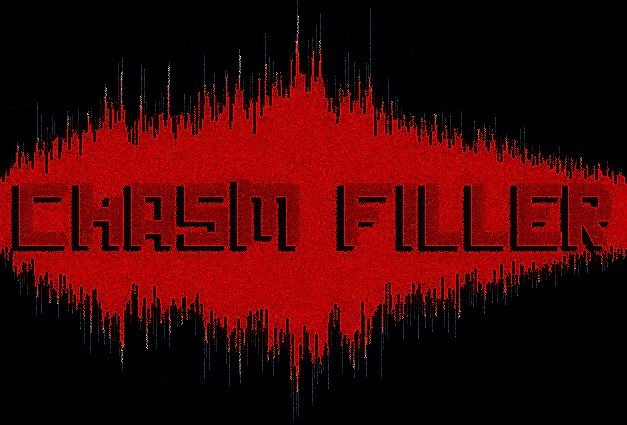
Kosugi and Co., melting brains and liquefying bones.
Takehisa Kosugi is a hippie become avantgarde composer. Born in Tokyo in 1938, and graduated in 1962 at the Tokyo University of Arts, Kosugi founded the Japanese equivalent of the Fluxus movement, called "Group Ongaku", a group devoted to improvisation and multi-media performances. In 1969 he formed the Taj Mahal Travellers, a psychedelic-rock group that played lengthy improvised jams that can be summarized in three principles: a Far-eastern approach to music as a living organism, an intense electronic processing of instruments and voices, a semi-mathematical overlapping of frequencies. Basically: LaMonte Young on acid. Kosugi mainly played violin. He was on the road with this group between 1971 and 1972, traveling in a Volkswagen minibus from Holland to the Taj Mahal itself. Two albums were made out of that experience: Taj-Mahal Travellers (Sony, 1972), also known as July 15 1972 (reissued in 2002 by Drone Syndicate) and performed by a seven-unit line-up, and Taj Mahal Travellers (Denon, 1983), also known as August 1974 (reissued in 1998 by P-Vine), four tracks over two LPs performed by eight players, plus one side (two tracks) of the legendary double-LP bootleg Live At Oz (Oz, 1973 - OZ Days, 2001), which also includes live performances by obscure Japanese musicians Acid Seven, Minami Masato and Hadaka no Rallizes. Thirty years later the Live Stockholm July 1971 (Drone Syndicate, 2001), a two-hour long jam, also resurfaced from the vault.
The four sides of August 1974, each about 20-minute long (the length that fit on an LP side), present the Travellers at their most sophisticated. The first jam is a concert of cosmic hisses that ebb and flow, distortions that scour the abysses of the psyche, sinister wailing and rattling that create a metaphysical suspense. At first, it straddles the line between Pink Floyd's Astronomy Domine and Klaus Schulze's Irrlicht, but then it becomes more and more abstract, recalling Sun Ra's extraterrestrial jazz-rock. Percussions are used sparingly. Violin, harmonica, bass, tuba, trumpet, synthesizer, mandolin duet in a subliminal and obscure manner. There is no melody, there is no logic. Just "voices", both subhuman and supernatural, that resonate with a universal inner voice. The second jam is a cacophonous gathering of timbres and gamelan-like tinkling, over which Tibetan chanting and droning intone a demented psalm. Halfway into the piece, the band seems to lose interest in playing, so the rest of the track is a rarified wind of tenuous sounds. The third track continues this silent journey into the unknown, with odd percussive patterns and random dissonance. As the chaos increases and exuberant voices join in, the bacchanal turns into a surreal pow-wow dance.The last jam continues the program of eerie noises and unlikely counterpoint in an atmosphere that is both dreamy and austere. We are transported to a floating zen garden, traveling on a flying saucer. A wavering harp-like melody invites to meditation, and, for a while, the spiritual mood prevails. Then the percussions break the spell, introducing the usual element of indeterminacy and heresy, and the trip ends, one more time, in the resonating depths of distant galaxies.- Scaruffi
UR



No comments:
Post a Comment